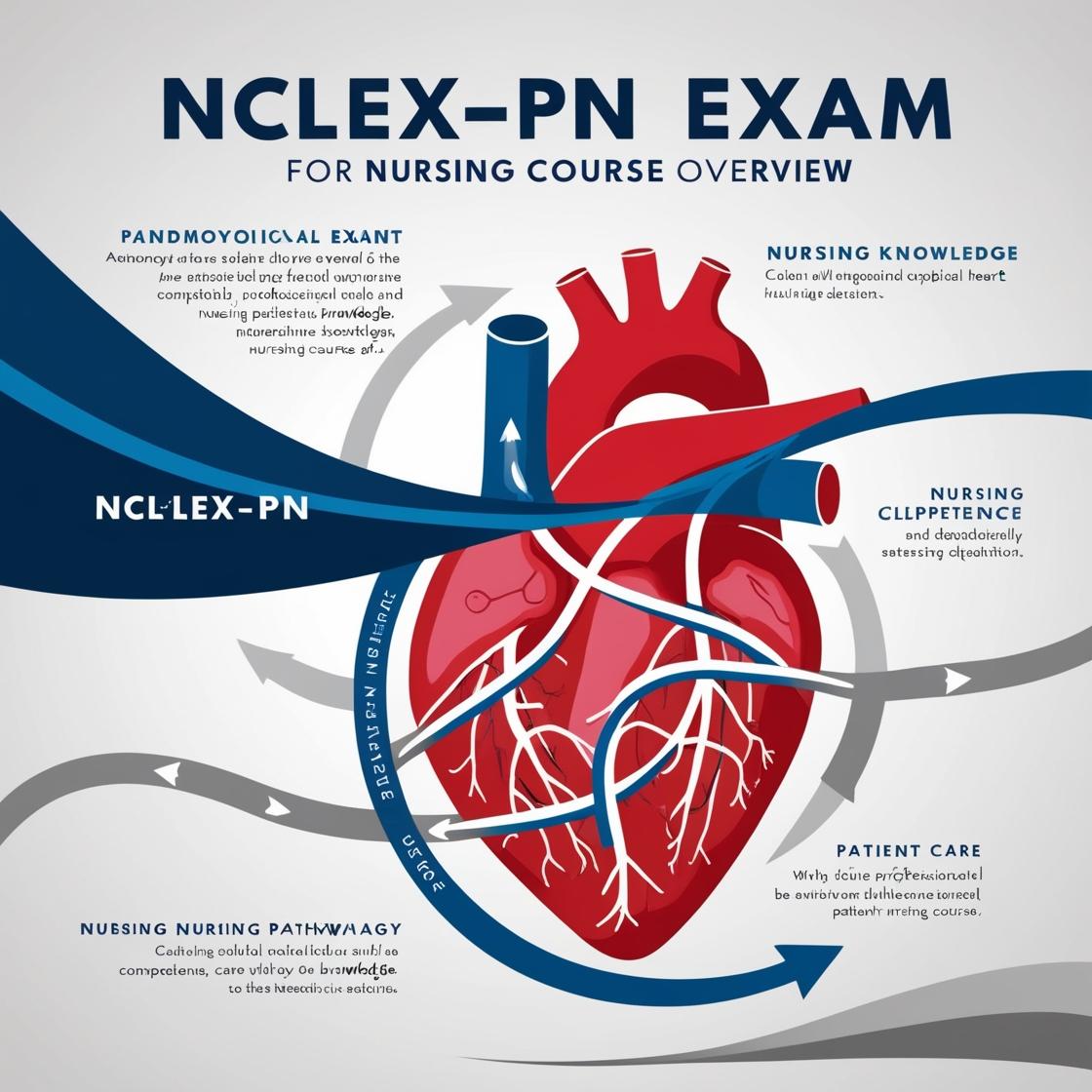NCLEX NCLEX-PN
Next Generation Nclex Questions Overview 3.0 ATI Quizlet
1. As part of the teaching plan for a client with type I diabetes mellitus, the nurse should include that carbohydrate needs might increase when:
- A. an infection is present.
- B. there is an emotional upset.
- C. a large meal is eaten.
- D. active exercise is performed.
Correct answer: D
Rationale: During active exercise, insulin sensitivity increases, leading to lower blood glucose levels. To balance the effect of increased insulin sensitivity, additional carbohydrates might be needed. The other choices are incorrect because: A) an infection typically raises blood glucose levels rather than increasing the need for carbohydrates; B) emotional upset can impact blood glucose but does not directly affect carbohydrate needs; C) while a large meal can raise blood glucose levels, it does not necessarily mean an increase in carbohydrate needs.
2. Which of the following is an indication for electroencephalography?
- A. paralysis
- B. neuropathy
- C. seizure disorder
- D. myocardial infarction
Correct answer: C
Rationale: The correct answer is C: 'seizure disorder.' Electroencephalography is used to assess clients with seizure disorders by recording the brain's electrical activity. Seizure disorder is a primary indication for an EEG as it helps in diagnosing and managing seizure activity. Paralysis (choice A) is not typically an indication for an EEG as it relates to loss of muscle function rather than brain activity. Neuropathy (choice B) involves nerve damage and is not directly assessed by an EEG. Myocardial infarction (choice D) is related to heart issues and is not a condition that an EEG is used to diagnose.
3. Which is the proper hand position for performing chest vibration?
- A. cup the hands
- B. use the side of the hands
- C. flatten the hands
- D. spread the fingers of both hands
Correct answer: C
Rationale: The correct hand position for performing chest vibration is to flatten the hands. By flattening the hands over the area of the body where chest percussion is applied, vibrations can be conducted effectively to the chest to help loosen secretions. Cupping the hands may dampen vibrations, using the side of the hands reduces the surface area in contact with the chest, and spreading the fingers can lead to uneven pressure distribution. Therefore, flattening the hands provides the necessary contact and surface area to perform chest vibration efficiently.
4. A client turns her ankle. She is diagnosed as having a Pulled Ligament. This should be documented as a:
- A. sprain.
- B. strain.
- C. subluxation.
- D. dislocation.
Correct answer: B
Rationale: A sprain is the correct term for the excessive stretching of a ligament, which is what happens when a ligament is pulled. A strain involves muscle tissue. Subluxation refers to a partial dislocation, and dislocation is a complete displacement of bones in a joint. In this case, since it's a pulled ligament, the most appropriate term is a sprain.
5. When are standard walkers typically used?
- A. When clients have poor balance, cannot stand up, have weak arms, and good hand strength.
- B. When clients have poor balance, have a broken leg, or have experienced amputation.
- C. When clients have poor balance, have cardiac problems, or cannot use crutches or a cane.
- D. When clients have poor balance, have an autoimmune disease, or have weak arms.
Correct answer: C
Rationale: Standard walkers are typically used for clients who have poor balance, cardiac problems, or those who cannot use crutches or a cane. The rationale is correct in stating that a walker is suitable for individuals needing to bear partial weight and having strength in their wrists and arms to propel the walker forward. Choices A, B, and D are incorrect because they do not accurately reflect the main reasons why standard walkers are used in clinical practice. Using a walker is not solely about having weak arms, good hand strength, a broken leg, experienced amputation, or an autoimmune disease. The primary focus is on addressing balance issues, cardiac problems, or the inability to use crutches or a cane effectively.

Access More Features
NCLEX PN Basic
$69.99/ 30 days
- 5,000 Questions with answers
- Comprehensive NCLEX coverage
- 30 days access
NCLEX PN Premium
$149.99/ 90 days
- 5,000 Questions with answers
- Comprehensive NCLEX coverage
- 90 days access
